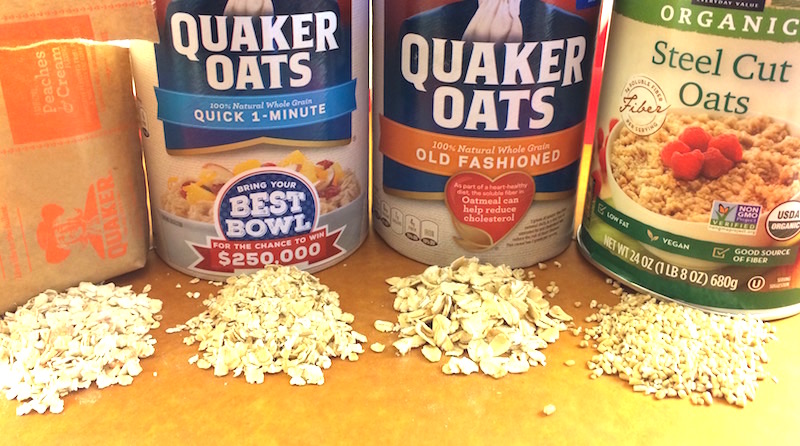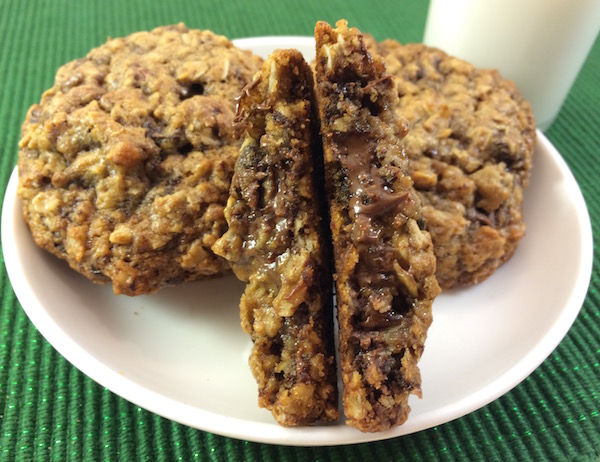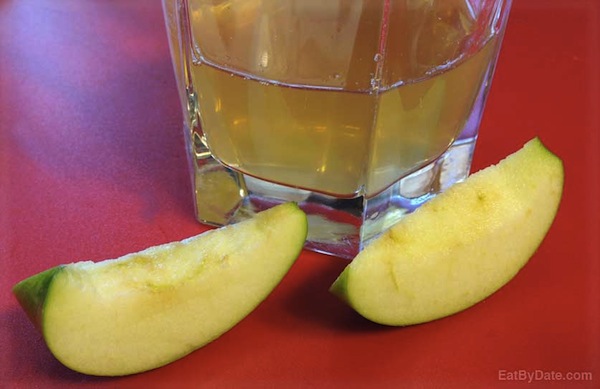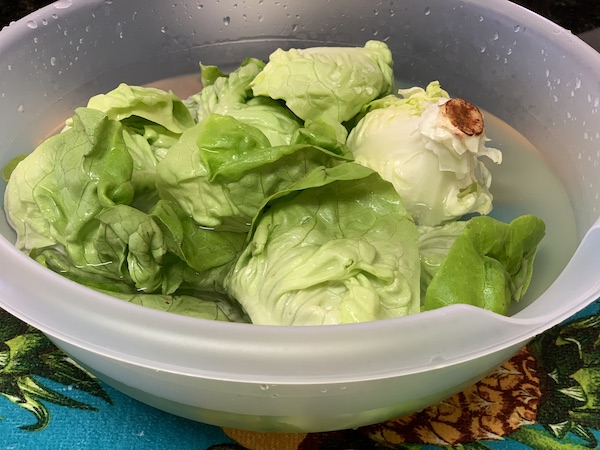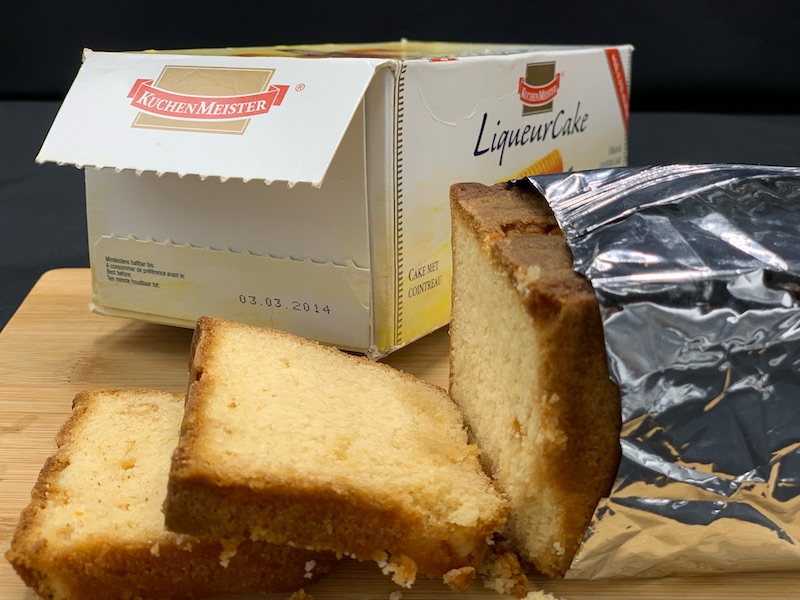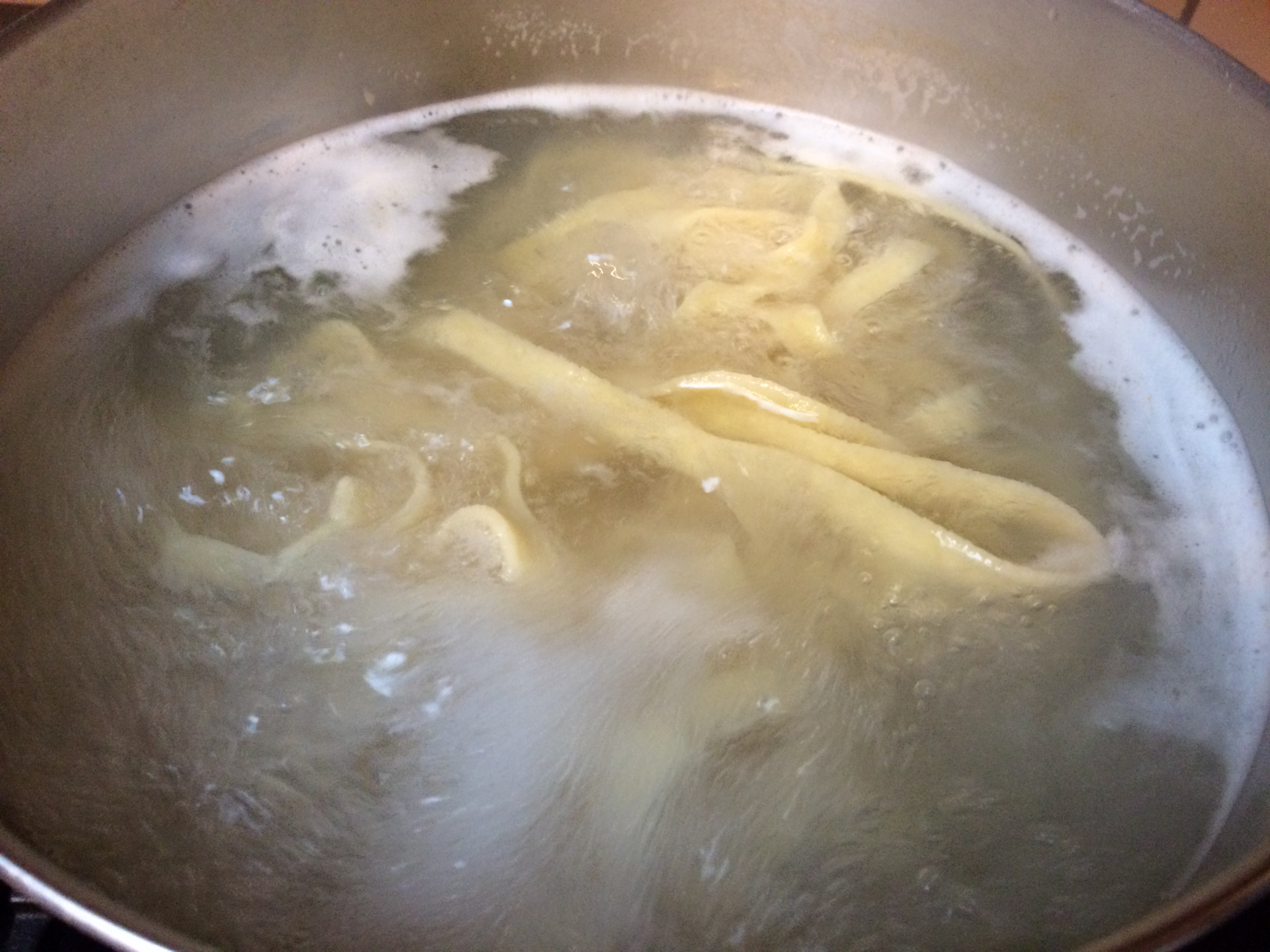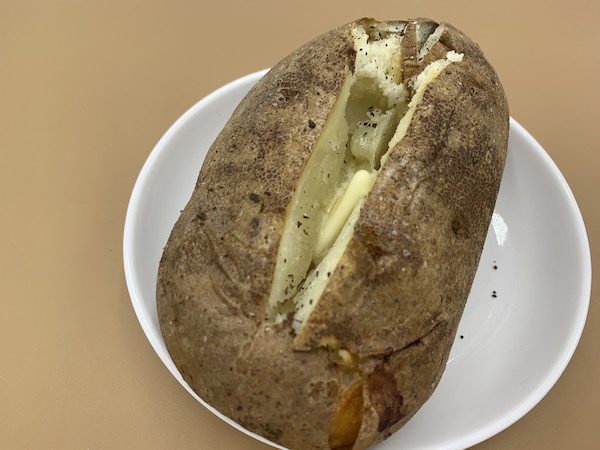Food Allergen Labeling
Food allergies can produce symptoms from mild to life-threatening. With so many processed foods available, food labels need to be read very carefully by anyone with known food allergies. Here we list major food allergens, review the requirements for documenting these ingredients and provide some warnings for the shortcomings of allergen food labels.
Any foods packaged in the U.S. (starting in 2006) must comply with the Food Allergen Labeling and Consumer Protection Act of 2004 (FALCPA). It states that all foods that contain any protein derived from a “major food allergen” must be clearly printed on the label. See all the details and lists of allergens below.
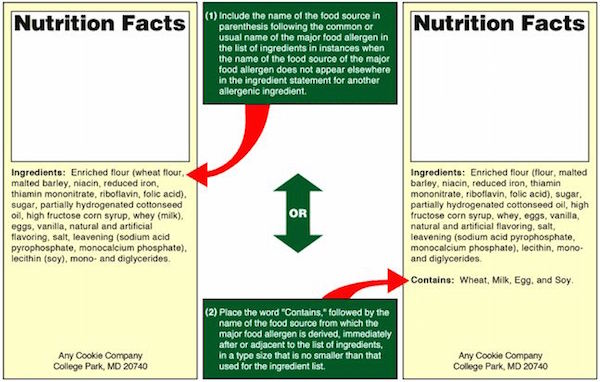
Food Allergens Required To Be Listed On Labels
List of “Major Food Allergens“:
- Milk
- Egg
- Fish
- Crustacean Shellfish (e.g. lobster, crab, shrimp)
- Tree nuts (listed below)
- Wheat
- Peanuts
- Soybeans
If a product contains or is derived from one of these listed “major food allergens”, then it must be listed on the label as described below.
NOTE: The above “major food allergens” account for only 90% of known food allergens, but there are more than 160 foods that have been identified to cause food allergies in sensitive individuals. [1].
Following is a detailed list of the nuts that make up “tree nuts”:
- Almond
- Beech nut
- Brazil nut
- Butternut
- Cashew
- Chestnut
- Chinquapin
- Coconut
- Filbert
- Ginko nut
- Hazelnut
- Hickory nut
- Lichee nut
- Macadamia nut/Bush nut
- Pecan
- Pine nut/Pinon nut
- Pili nut
- Pistachio
- Sheanut
- Walnut
Food Allergen Labeling - FDA Requirements
How must food allergens be declared? The FDA allows for two different ways to declare major food allergens in a product:

The allergen foods may be listed in the ingredient list OR listed within a “Contains” statement, or both.
Rules for the the Contains statement:
- If a “Contains” statement is used, the words listed above under “major food allergens” must be used in the same print and font as the ingredient list. For example, if “sodium caseinate,” “whey,” “egg yolks,” and “natural peanut flavor” are declared in a product’s ingredients list, the “Contains” statement must read “Contains milk, egg, peanuts”.
- Singular or plural names may be used and common terms may be used (e.g. “soy” or “soya” may be used in place of “soybeans”)
- The print size and font type must be the same as the ingredient list.
- Wording is “Contains” followed by the names of all major food allergens that are either contained in or used as ingredients for the product (additional wording is allowed if deemed beneficial).
A single ingredient food that is, or contains, protein derived from anything on the above “major allergens list” may either identify the food source in the name of the food (e.g. “all-purpose wheat flour”) or use the “Contains” statement format. FDA recommends that if a “Contains” statement format is used, the statement be placed immediately above the manufacturer, packer, or distributor statement. [1]
As with most food requirements, just as important as what is required is what is NOT required. So, here is a list of exemptions from the above FDA food allergen labeling requirements.
Foods Exempt From Allergen Labeling:
- Fresh fruits and vegetables (raw agricultural products)
- Any food product outside of the above listing of “major food allergens” (even though identified to cause allergies)
- Highly refined oils derived from one of the listed allergens (including ingredients derived from these highly refined oils)
- Molluscan shellfish (e.g. oysters, clams, mussels, scallops) since they are not considered major food allergens
- Allergen labeling exempt foods (foods where a manufacturer has applied and been approved by the FDA for exemption from allergen labeling requirements)
- Foods labeled prior to 2006
- There is no regulation for cross-contact foods, this is voluntary on the part of the manufacturer. So, phrases like “may have been manufactured on machines used to process peanuts” are added at the sole discretion of the manufacturer (and not regulated).
Additional Info
From a food science perspective, the term “natural” is another that is hard to define since most all foods that need a label have probably been through some sort of processing. That being said, the FDA has not objected to the use of the term “natural” if the food does not contain any added color, artificial flavors, or synthetic substances.[1] We believe this has lead to an overuse (and often misuse) of the word.
Check our how to read food labels for lots of other food labeling that can easily be misleading.


